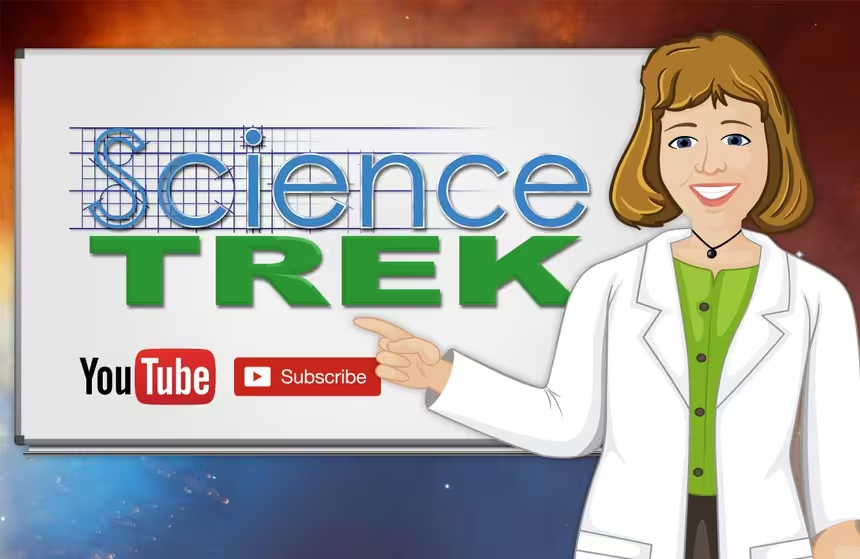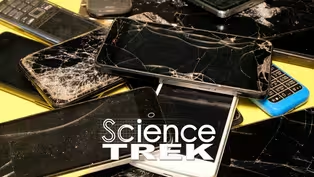
Garbage: The Dump
Clip: Special | 1m 4sVideo has Closed Captions
Which city had the first trash collection?
Trash collection goes back a long time, but it took centuries for it to become a regular community service. Modern landfills are less than a hundred years old and have lots of requirements to protect the environment. Learn more about the history of landfills.
Problems playing video? | Closed Captioning Feedback
Problems playing video? | Closed Captioning Feedback
Science Trek is a local public television program presented by IdahoPTV
Major Funding by the Laura Moore Cunningham Foundation and the Idaho National Laboratory. Additional Funding by the Friends of Idaho Public Television and the Corporation for Public Broadcasting.

Garbage: The Dump
Clip: Special | 1m 4sVideo has Closed Captions
Trash collection goes back a long time, but it took centuries for it to become a regular community service. Modern landfills are less than a hundred years old and have lots of requirements to protect the environment. Learn more about the history of landfills.
Problems playing video? | Closed Captioning Feedback
How to Watch Science Trek
Science Trek is available to stream on pbs.org and the free PBS App, available on iPhone, Apple TV, Android TV, Android smartphones, Amazon Fire TV, Amazon Fire Tablet, Roku, Samsung Smart TV, and Vizio.

Science Trek
Science Trek is a place where parents, kids, and educators can watch short, educational videos on a variety of science topics. Every Monday Science Trek releases a new video that introduces children to math, science, technology, engineering, and math (STEM) career potentials in a fun, informative way.(MUSIC) Joan Cartan-Hansen, Host: In 500 bce, the city of Athens started the first garbage dump.
It didn't last long.
People preferred to just dump their trash outside their homes.
And that's how we handled trash for thousands of years.
In the mid-18 hundreds, some trash was hauled to pig farms.
Pigs would eat the trash and then people would eat the fattened pigs.
Until pigs started dying from food-borne illnesses.
The first modern landfill opened in Fresno, California in 1937.
A modern sanitary landfill is regulated by the government.
It must be built away from wetlands, flood plans, and earthquake faults.
The landfill must of a liner overlaying at least two feet of compacted clay soil.
Landfill operators have to make sure harmful waste products aren't leaking into underground water supplies.
The trash at the landfill has to be compacted frequently and covered with soil.
That helps cut down on odor, insects, and rodents.
And each landfill can only hold so much.
Operators have to prepare to shut down and care for closed landfills.
And they have to find a new place to put your trash.
For more information about garbage, check out the Science Trek website.
You'll find it at science trek dot org
Providing Support for PBS.org
Learn Moreabout PBS online sponsorship
- Science and Nature

Explore scientific discoveries on television's most acclaimed science documentary series.

- Science and Nature

Capturing the splendor of the natural world, from the African plains to the Antarctic ice.












Support for PBS provided by:
Science Trek is a local public television program presented by IdahoPTV
Major Funding by the Laura Moore Cunningham Foundation and the Idaho National Laboratory. Additional Funding by the Friends of Idaho Public Television and the Corporation for Public Broadcasting.
